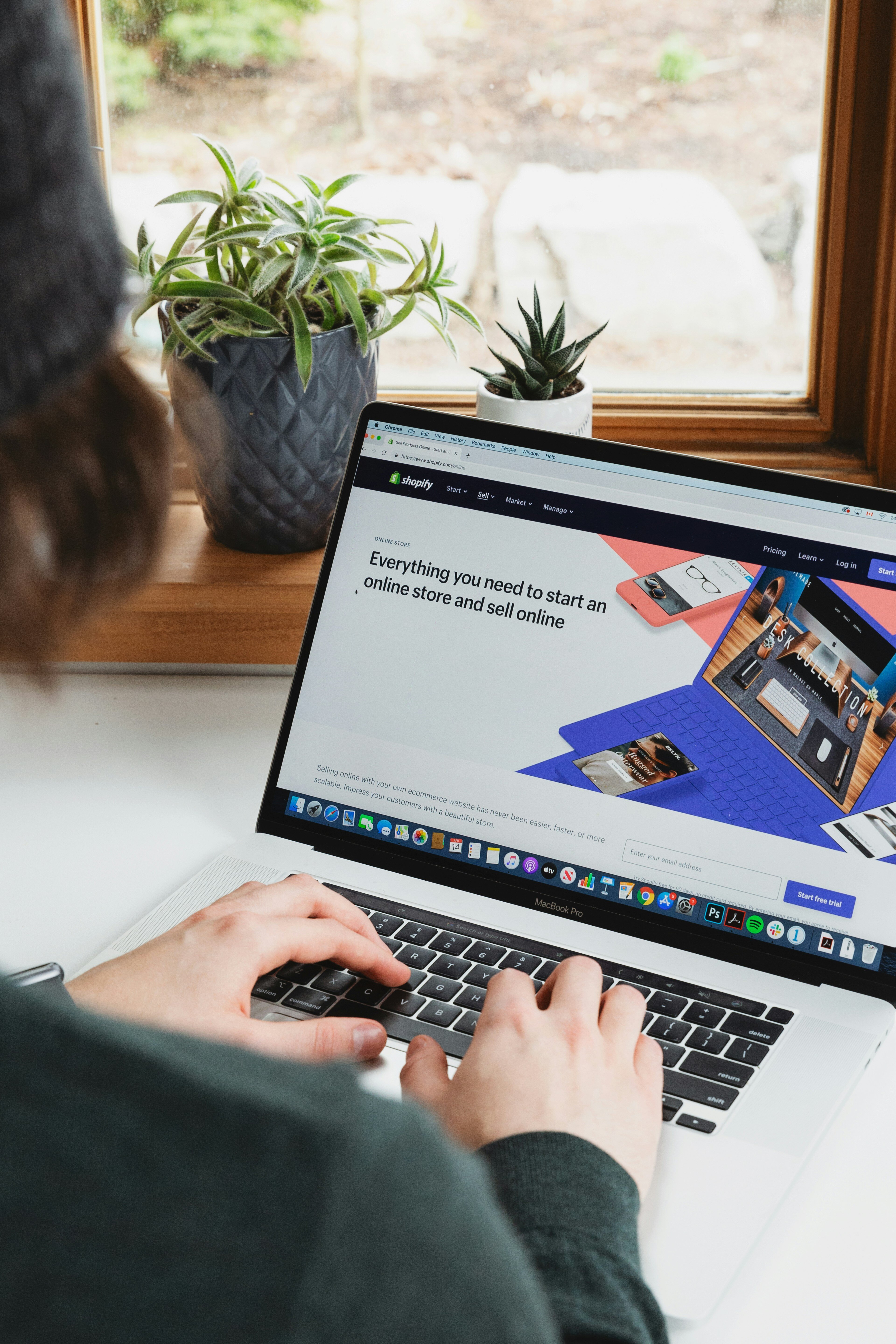Creating buyer personas is crucial for targeting the right customers and tailoring marketing strategies in eCommerce. Here are detailed instructions on how to build out buyer personas, along with a few online resources and additional tips.
👨 Define the Purpose of Buyer Personas
Before building your buying personas, define your business objectives. Determine whether the goal is to attract new customers, refine customer retention strategies, or create highly personalized marketing campaigns. A well-defined objective ensures your personas align with your sales, market segmentation, and content marketing efforts.
👩 Step 2: Collect Existing Data
Gather and analyze existing customer data, including purchase history, web analytics, CRM insights, and customer feedback. Leveraging tools like Google Analytics and social media insights can help identify patterns in customer behavior, interests, and engagement. This data-driven approach strengthens the accuracy of your buying personas and enhances your marketing strategy.
👭 Step 3: Research Your Audience
- Customer Surveys: You can use online survey tools like SurveyMonkey, Google Forms, or Typeform to gather customer insights directly. Questions should cover demographics, preferences, pain points, and shopping habits.
- Social Media Insights: Analyze social media platforms (e.g., Facebook, Twitter, Instagram) to understand the demographics and interests of your followers. Platform analytics provide valuable data.
- Website Analytics: Tools like Google Analytics can provide information about website visitors, including location, device preferences, and browsing behavior.
👩🎓 Step 4: Create Detailed Buyer Personas
Next, create your detailed buyer personas. I find it’s best after doing research to just put something down and flow with it, then go back and add additional details and clarify what you’ve written.
Have each persona feature the following elements:
- Name and Photo: Assign a name and find a representative image online to visualize the persona.
- Demographics: Include age, gender, location, income, education, and marital status.
- Background: Describe their profession, job title, industry, and career stage.
- Goals and Pain Points: Identify what the persona aims to achieve and the challenges they face that your eCommerce business can address.
- Shopping Behavior: Understand their online shopping habits, preferred devices, typical purchase frequency, and average order value.
- Interests and Hobbies: List their hobbies, interests, and activities outside of shopping.
- Preferred Channels: Determine which social media platforms they use, their preferred communication channels, and whether they prefer email or other contact forms.
👨✈️ Step 5: Use Persona Creation Tools and Resources
To generate questions and insights for buyer personas, you can utilize online resources and templates:
- HubSpot Persona Generator: HubSpot offers a free persona creation tool with questions to guide the process. (Website: HubSpot Persona Generator) It won’t contain everything you need, but it might give you a great jumping-off point.
- Up Close & Persona: This online tool provides a structured framework for creating detailed customer personas. (Website: Up Close & Persona)
👩🎤 Step 6: Validate Your Buyer Personas
To ensure accuracy, you should validate your buyer personas:
- Customer Interviews: Conduct interviews with existing customers who match the personas to verify that they accurately represent their needs and preferences.
- A/B Testing: Implement A/B testing for marketing campaigns targeted at different personas. Analyze the results to fine-tune your approach.
👩🍳 Step 7: Continuously Update Your Buyer Personas
Buyer personas should not be static but evolve as the business and its customer base do. We encourage you to regularly revisit and update your personas based on customer feedback, sales data, and market trends.
👲 Additional Tips:
- Empathy: Encourage your team to empathize with the personas. Understanding customers' needs and motivations deeply will enable better marketing campaigns.
- Content Strategy: Use buyer personas to guide content creation. Tailor blog posts, email marketing, and social media content to address specific interests and pain points.
- Segmentation: Implement customer segmentation in marketing and advertising campaigns to target personas with personalized content.
- Competitor Analysis: Monitor competitors' personas and marketing strategies to stay competitive and identify opportunities.
Creating buyer personas is an ongoing process that helps eCommerce brands effectively target and engage their ideal customers. By continuously refining personas and aligning strategies with them, you can enhance customer engagement and drive growth in your business in a more pinpointed way!






